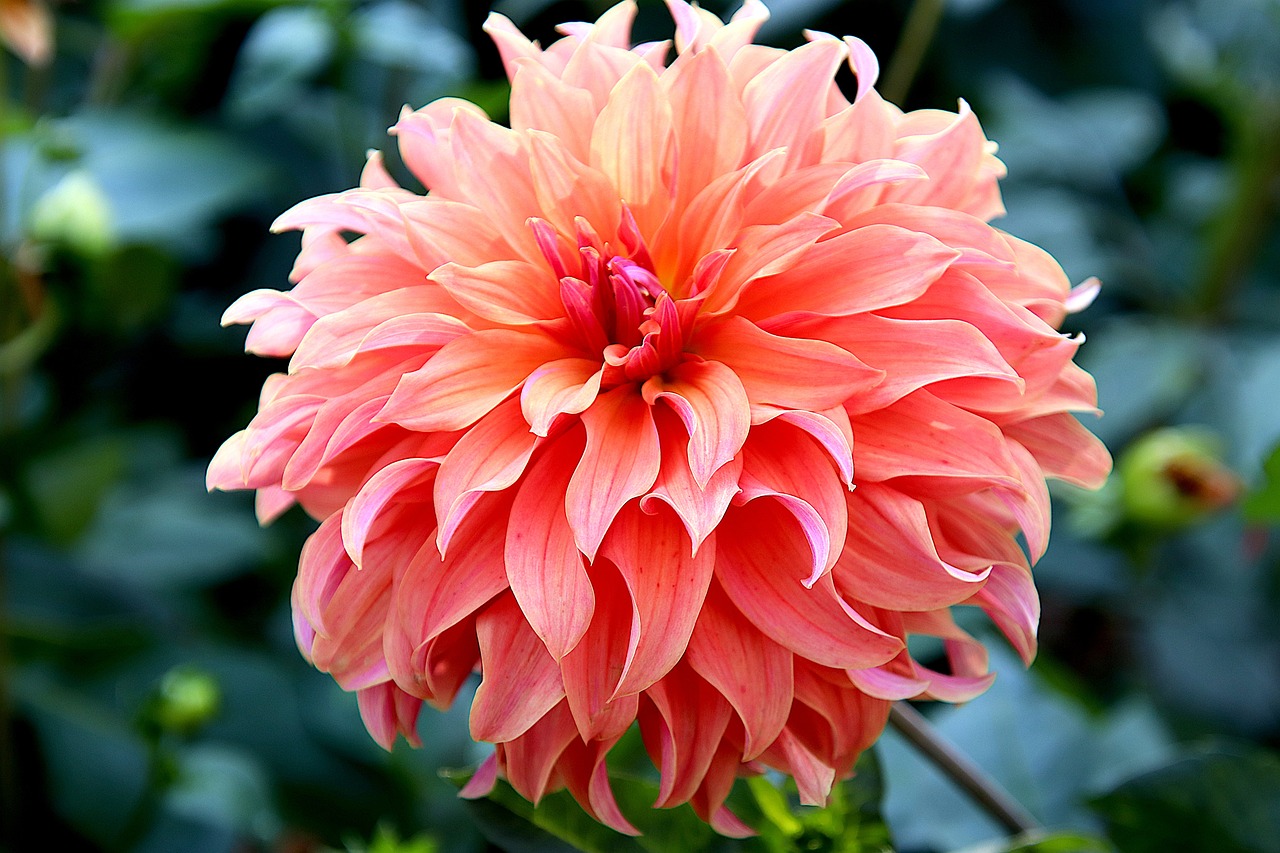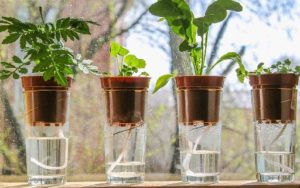One of the best aspects of dahlias is that they can be propagated easily, allowing you to expand your collection without breaking the bank. Whether you want to share them with friends or simply fill your garden with these beauties, propagating dahlias is a rewarding process. Below is a thorough guide on how to propagate dahlias successfully.
Understanding Dahlia Varieties
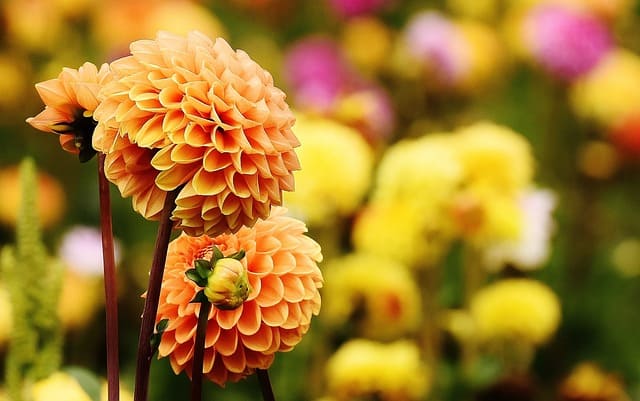
Before you begin propagating, it helps to understand the different flower types. Dahlias come in over 40 species and are classified into several categories based on their size and flower form, including:
Decorative: Full flowers with flat petals, perfect for arrangements.
Cactus: Long, pointed petals that give a spiky appearance.
Pompon: Small, ball-shaped blooms that are charming in any garden.
Single: Open blooms with a few petals around a center of disc flowers.
Select the type of dahlia you want to propagate based on your garden wants and personal preferences.
Methods of Propagation
1. Tubers
The most common method for propagating dahlias is through tubers. Each dahlia plant grows from a tuber, which is a swollen underground stem that stores nutrients. When properly cared for, you can divide these tubers to create new plants.
Steps to Propagate from Tubers:
Timing: Late fall is the best time to dig up dahlia tubers in colder climates. In warmer areas, you can wait until spring.
1. Carefully Dig Up the Tubers:
Use a spade or fork to gently lift the tubers from the soil. Be cautious, as they can be easily damaged. Ideally, gather them after the first frost when the foliage has died back.
2. Clean and Dry:
Shake off excess dirt and rinse with water. Allow them to dry thoroughly in a shaded area to prevent rot.
3. Divide the Tubers:
Look for sections with a healthy eye (a growth bud). Use a clean, sharp knife to cut the tubers into pieces, ensuring that each piece has at least one eye.
4. Store or Plant:
You can either store the divided tubers in a cool, dark place until spring, or you can plant them immediately in well-draining soil.
2. Cuttings
Propagating dahlias through stem cuttings is another effective method, especially for hybrid varieties that may not produce reliable tubers.
Steps to Propagate from Cuttings:
Timing: Late spring to early summer is ideal, once the plants are actively growing.
1. Take Cuttings:
Choose a healthy dahlia plant and select a stem that is about 4 to 6 inches long. It should have at least two sets of leaves. Make a clean cut just below a node (the joint from which leaves emerge).
2. Prepare the Cuttings:
Remove the lower leaves on the cutting, leaving only the top set to reduce moisture loss and encourage root growth.
3. Rooting Hormone (Optional):
Dip the cut end in rooting hormone to promote root development. This step can enhance your success rate.
4. Plant in Soil:
Place the cutting in a pot filled with a light potting mix or seed-starting mix. Water lightly to settle the soil around the cutting.
5. Maintain Humidity:
Cover the cutting with a plastic bag or a mini greenhouse to maintain a humid environment. Place it in bright but indirect sunlight.
6. Monitor Growth:
After a few weeks, gently tug on the cutting. If there’s resistance, roots are developing. Once roots form, you can transplant them into the garden.
3. Seeds
Although it may not produce the same exact flower as the parent plant, growing dahlias from seeds can be a fun experiment, especially if you’re looking for new varieties or hybrids.
Steps to Grow from Seeds:
1. Start Indoors:
Begin seeds indoors 6-8 weeks before the last frost date. Sow seeds in seed-starting trays filled with seedling mix.
2. Provide Heat and Light:
Keep the trays in a warm area (70-75°F) and provide bright light with grow lights or a sunny window.
3. Transplant:
Once seedlings are big enough to handle, transplant them into larger pots or directly in the garden after the danger of frost has passed.
Caring for Newly Propagated Dahlias
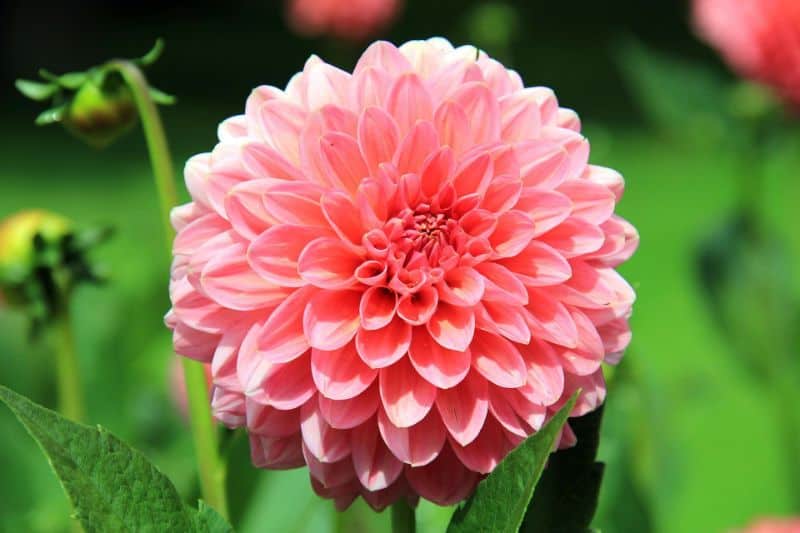
Regardless of the propagation method you choose, taking care of your new dahlia plants is crucial for their growth and blooming success. Here’s how to ensure they thrive in their new environment:
1. Location and Soil
Sunlight: Dahlias love the sun, so choose a location that receives full sun for at least 6-8 hours a day. If they don’t get enough sunlight, they may become leggy and produce fewer blooms.
Soil: Ensure the soil is well-draining, rich in organic matter, and has a neutral pH (around 6.0 to 7.0). Amend your garden soil with compost or well-rotted manure to enhance soil fertility and structure.
2. Watering
Initial Watering: Right after planting your tubers or cuttings, water them well to help settle the soil around their roots.
Continued Care: Water regularly, especially during dry spells, but avoid overwatering, which can lead to rot. A good rule of thumb is to water deeply once or twice a week. Ensure the top inch of soil dries out between watering sessions.
3. Fertilizing
Balanced Fertilizer: After your dahlias start growing, use a balanced, water-soluble fertilizer (like a 10-10-10 or similar) every 4-6 weeks. This will encourage healthy growth and robust blooms.
Avoid Over-Fertilizing: Be cautious not to over-fertilize, as this can result in lush foliage at the expense of flowers.
4. Staking and Support
Staking: Taller dahlia varieties may need staking for support as they grow. Use bamboo stakes or garden ties to keep stems upright, especially before they start to bloom.
5. Pest and Disease Management
Monitor for Pests: Keep an eye out for common pests like aphids, slugs, and spider mites. You can wash them off with water or treat with insecticidal soap when necessary.
Disease Prevention: Practice good garden hygiene by removing any dead or diseased plant material. Ensure adequate air circulation around plants to minimize the risk of fungal diseases.
Harvesting and Enjoying Blooms
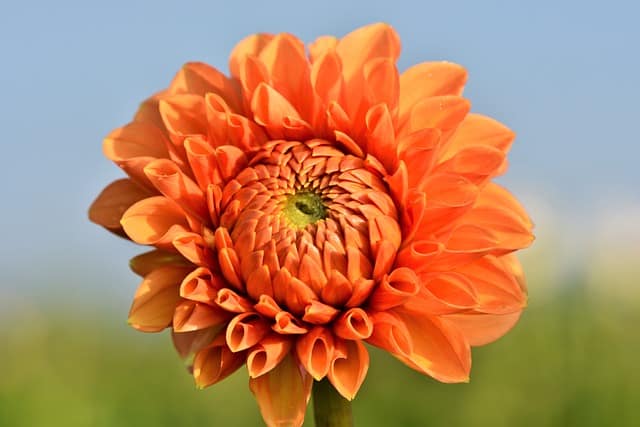
Cutting Flowers: Once your dahlias start blooming, feel free to cut the flowers for arrangements. The more you cut, the more they bloom! To promote continued growth, cut flowers in the morning and select stems that are at least a third open.
End of Season Care
As the growing season comes to an end, proper care will ensure that you can enjoy your dahlias for years to come:
Cut Back Foliage: After the first frost has blackened the leaves, cut the plant back to a few inches above the ground. This helps to protect the tubers from winter moisture and disease.
Lifting and Storing Tubers: Once the foliage has died back, carefully dig up the tubers. Clean them, allow them to dry, and store them in a cool, dark place, ideally in a box lined with peat moss or wood shavings to prevent them from drying out or rotting.
Conclusion
Propagating dahlias is a fulfilling way to multiply these enchanting flowers and add diversity to your garden. Whether you choose tubers, cuttings, or seeds, with the right care and attention, you can successfully cultivate beautiful dahlias that will brighten your space. As you watch your flowers flourish, you may find that gardening becomes even more rewarding.


